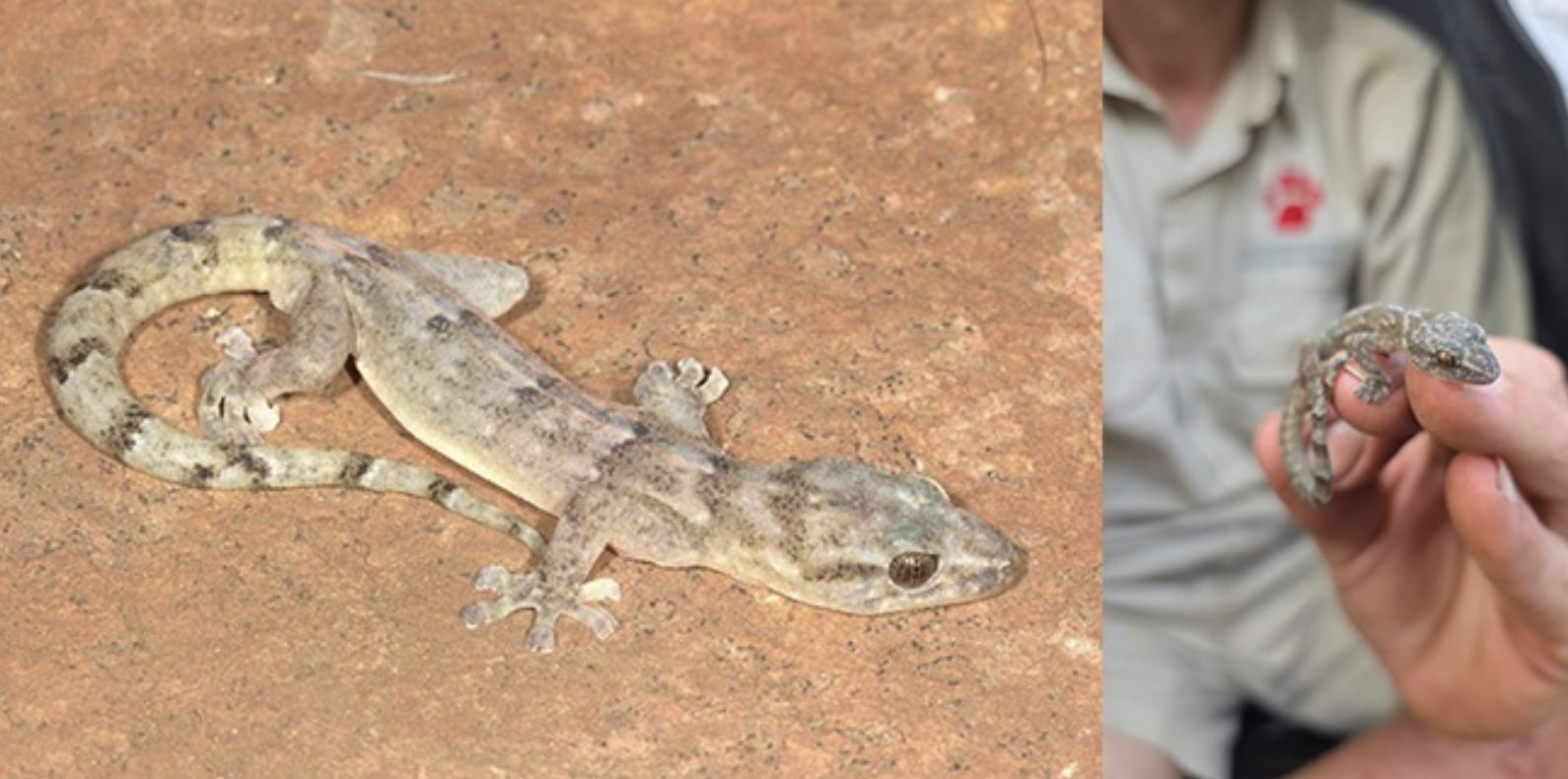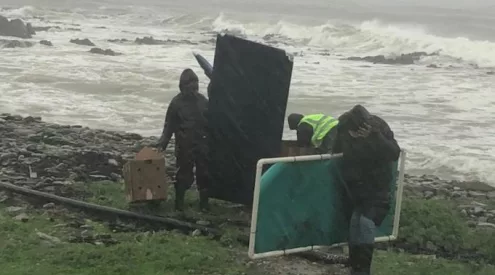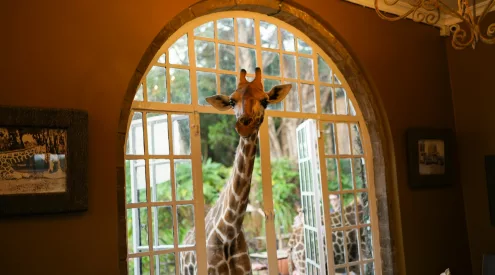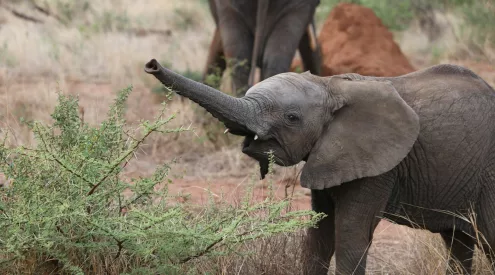
Image: EWT
A tiny gecko species unseen for over 33 years has been rediscovered by two Endangered Wildlife Trust researchers in the Blyde River Canyon in Mpumalanga.
The Blyde River Flat Gecko (Afroedura rondavelica), last spotted in 1991, was recently found alive by two researchers from the Endangered Wildlife Trust (EWT), Dr Darren Pietersen and John Davies. Their discovery confirms that the elusive gecko species still survives in the wild, and offers new hope for the conservation of overlooked, micro-endemic wildlife.
ALSO READ: Boosmansbos shrew rediscovered after 46 years
The Blyde River Flat Gecko
First discovered by Dr Niels Jacobsen in December 1991, the Blyde River Flat Gecko (Afroedura rondavelica) was known only from two male specimens collected on a nearly inaccessible inselberg in the canyon. The gecko is found nowhere else on Earth.
Some have debated the classification of this specimen over the years, suggesting the gecko is simply a young individual of a similar species found in the vicinity.
This, coupled with a lack of sightings for over a decade, led re:Wild to categorising the species as ‘lost’.
Due to the general lack of information, taxonomic uncertainty, and the potential for extinction, the species was listed as Data Deficient in the most recent IUCN Red List of Threatened Species assessment.
Rediscovered after three decades
In April, after a two-year process to secure the necessary permits, Pietersen and Davies accessed the remote site by helicopter with the support of the Mpumalanga Tourism and Parks Agency and Hope for Wildlife pilot Jana Meyer.
EWT reports that the expedition confirmed exciting news of the gecko’s continued existence and its distinct morphological features, settling long-standing debates about its taxonomic status.
Tissue samples have now been collected for further genetic analysis, as the EWT plans to conduct more fieldwork to assess threats and develop targeted conservation actions are underway.
With the recorded information, the species may now be reevaluated and added to IUCN Red List of Threatened Species.
The rediscovery is the fourth such “lost species” success for the EWT, which is intensifying its focus on rare, often overlooked wildlife across Africa.
Follow us on social media for more travel news, inspiration, and guides. You can also tag us to be featured.
TikTok | Instagram | Facebook | Twitter
















